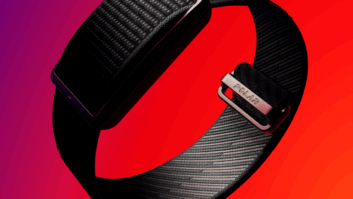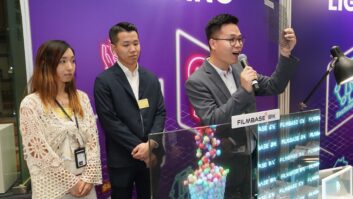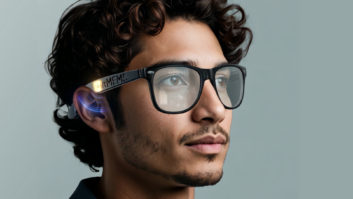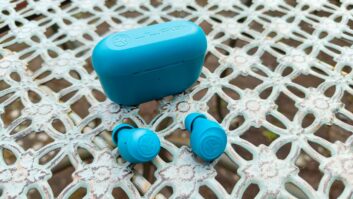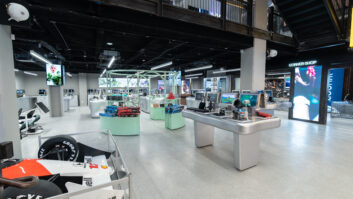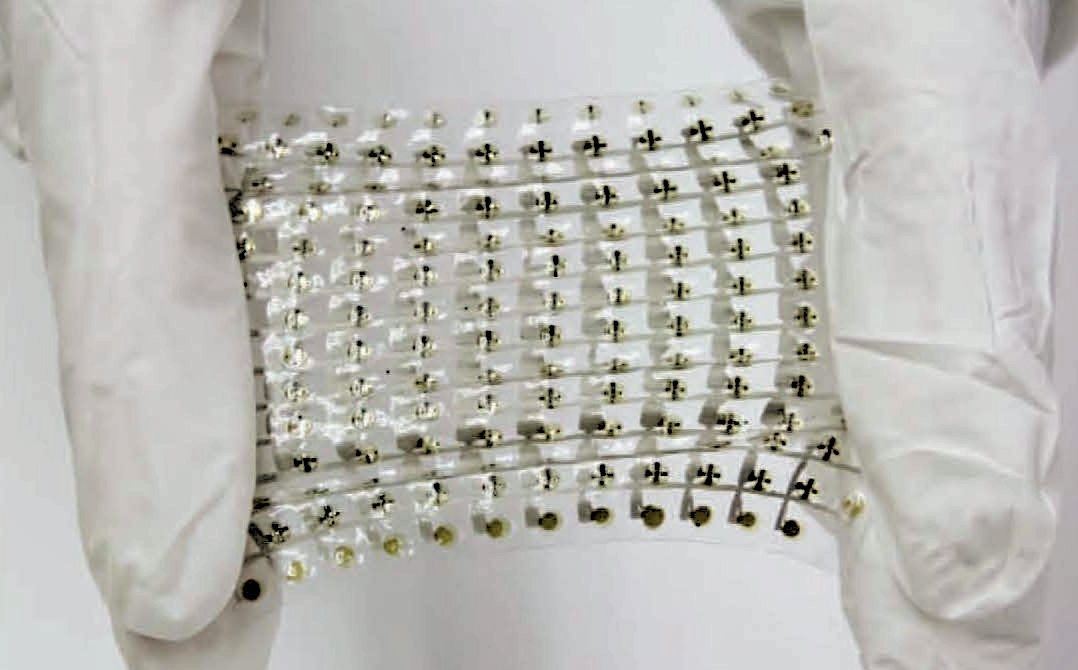
Forget foldable phones. How about skin-like CE with stretchable sensors that can scan sweat, tears or saliva for use in healthcare monitoring, smart prosthetics or robots with enhanced sense capabilities?
According to Wei Wu, a materials scientist at China’s Wuhan University, the era of stretchable CE is nearly upon us. While fabrication of artificial skin remains complex and time consuming, and materials and manufacturing challenges remain, he said the technology is quickly emerging as a promising new wrinkle in next-generation wearable devices.
See: Gatorade’s Skin Patch Tells You If You’re Dehydrated
Writing in the journal Science and Technology of Advanced Materials, Wu said scientists are creating components that can withstand being twisted and compressed through the use of novel design approaches, such as crafting low-cost stretchable conductors and electrodes from silver nanowires and graphene.
Another hurdle, stretchable energy storage and conversion methods, is being tackled through the use of zinc-based batteries (promising but not yet commercially viable, Wu said), and nanogenerators, which can produce electricity from wind or human body movements. Stretchable solar cells are another alternative for powering wearables.
Scientists are also developing exotic manufacturing techniques to lend stretchability to non-flexible substances. For example, brittle semiconductor materials like silicon can be grown on a pre-stretched surface and then allowed to compress, creating buckling waves. Another method involves linking “islands” of rigid conductive materials together using soft or liquid metals. Origami-inspired folding techniques can also be used to make foldable CE devices, while more advanced stretchable electronics may be enhanced with wireless communication, self-charging or even self-repair.
Wu said the next step after laboratory tests is to bring stretchable CE to market, although cheaper materials and faster, scalable manufacturing methods will be required before we can don our second skins.




